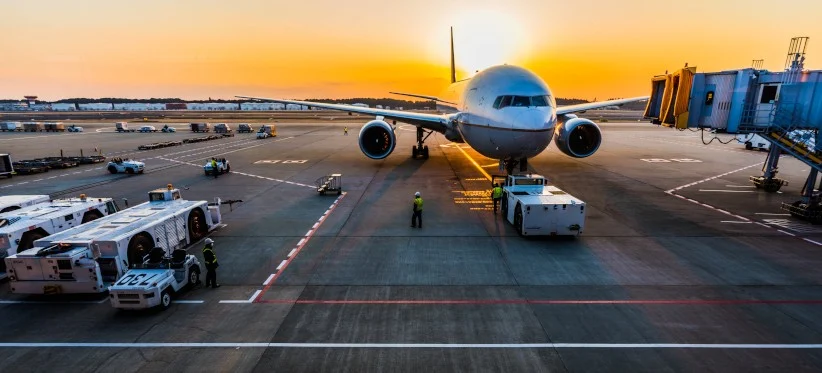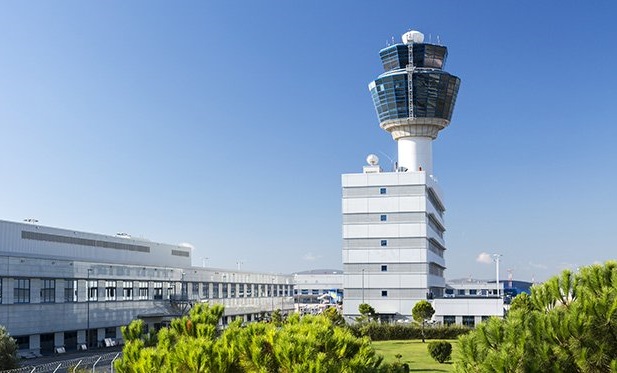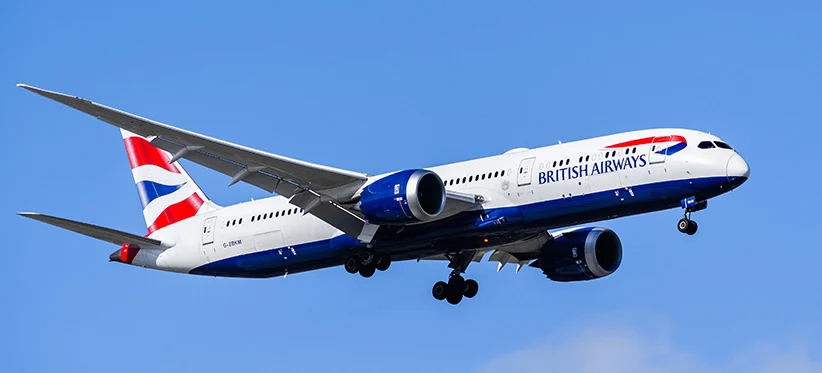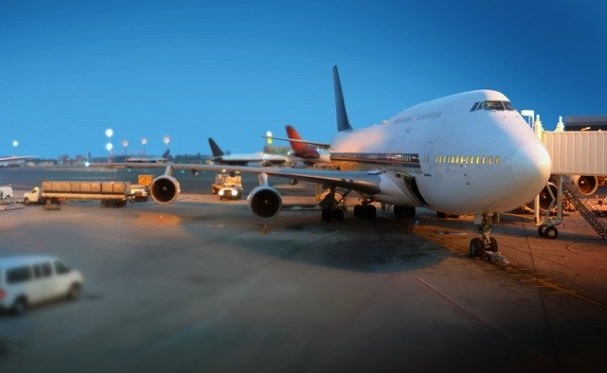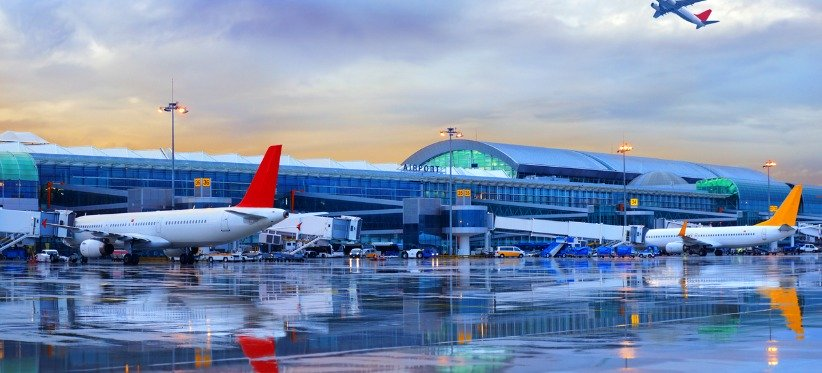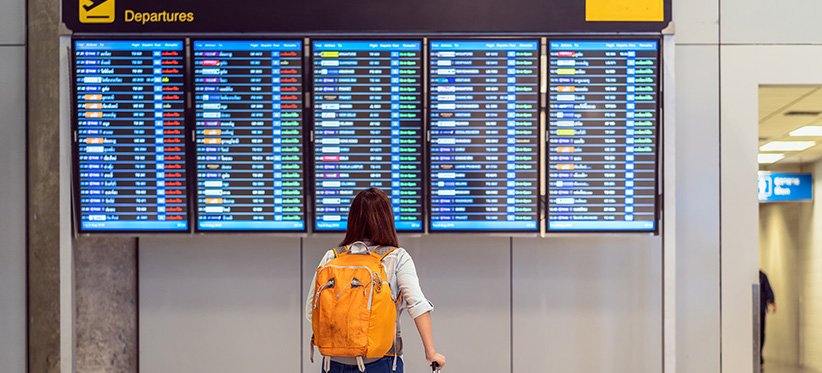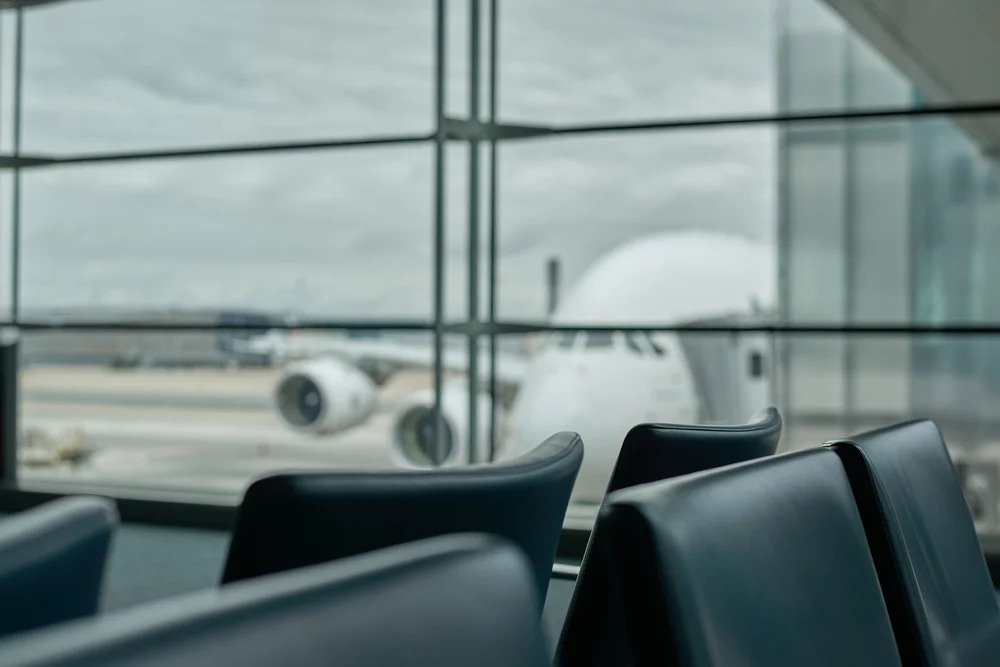With one of the world’s largest airlines making nearly 800 schedule changes in one day and at the same time having to release over 17,000 dedicated employees, the challenges of running a scheduled airline are not getting easier. Global capacity has crept up to 60 million seats this week; some 4% up on last week and breaking through the halfway point to recovery; well at 50.4% of last year’s capacity it’s a positive statement!
“Unprecedented” is a word we’ve heard a lot over the past 5 months. It’s a term which very much applies to the airline industry. Never before have airlines had to adjust so rapidly and at such scale to a changing external environment.
Last week we were very close, this week we have broken through the 50 million weekly seats mark which is great news, however, at 53.8 million we remain at just 45% of the capacity available in the same week last year. And just to give you some historic context in 1996, the earliest online year for OAG data there were some 52.6million seats; we have come a long way in those years!
40%. 50%. 60%. Industry commentators are simply guessing when it comes to the fraction of airline routes and networks that we will see back by the end of the year. What we do know is that they will inevitably be reduced. They will be smaller because there will be fewer passenger flying for some time, and airlines will scale back networks in response to lower demand.
For many airlines the Europe to United States market is the most profitable part of their network. July is traditionally one of the most lucrative months, the business market remains strong, leisure traffic picks up and yields are at their strongest for many carriers; that tradition is not happening this year for sure. With the European Union and United Kingdom classifying the United States as a Red-Light destination then only the chosen few or those seeking quarantine will be able to travel.
The first official week of Summer has resulted in the largest week on week growth in capacity during the Covid-19 event with some 8.2 million seats added back around the globe and a week on week percentage increase of 21%. We may also be heading for a week with a very high rate of cancellations as airlines wait for demand to respond but let’s worry about that next week!
Week twenty-three of the Covid-19 crisis and the lowest week on week change in capacity reported. 39.911 million seats this week compared to 39.960 million last week represents less than one tenth of a percentage point change in capacity as airlines around the world wait for July and further clarity around lockdowns, corridors and bridges.
It’s over. The UK’s aviation dream was broken this morning when U2 883 departed from London Gatwick for Glasgow at 07:00; the first of some eleven scheduled flights from the airport today. The same day last year 435 scheduled services departed from the airport; we still have a long way to go in that recovery.
Participants from OAG’s webinars gave us an early indication of future travel behaviour. We asked our respondents what consumer sentiment was like in their country and when they would be willing to fly. Largely from within the travel ecosystem - airlines and airports, consultants, financial institutions, travel tech and hospitality, government and industry bodies as well as education, research and the media.
In the last week alone round 50 million seats were removed from OAG’s airline schedules for the month of June. As we analyse what lies ahead, even just a few weeks out, it seems that there is a gap between what is scheduled and what is expected to fly and there are several reasons for this.
Its been a record breaking positive week for weekly capacity growth; we have broken through the 30 million weekly seat mark! That remains some 83 million seats below the same week last year or a “modest” 73% lower but with two weeks of consistent growth the numbers are at last growing; it must be spring!
In some countries the number 111 is believed to bring bad luck. In cricket it is called a “Triple Nelson”, feared by Australian cricketers more than an English bowling attack, but we might just be at the moment when after 111 days from the 20th January that we begin to see some modest capacity growth at a global level.








